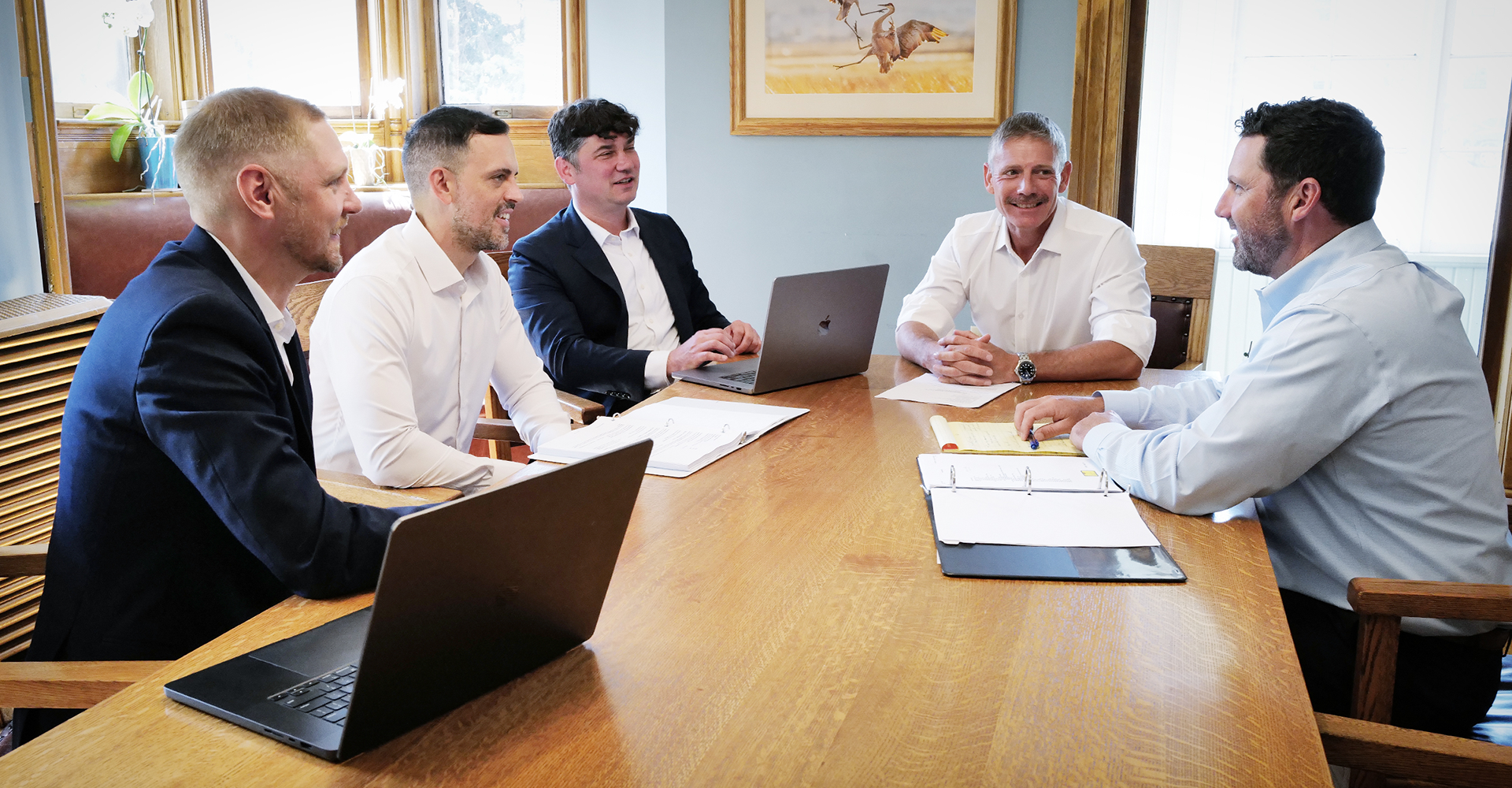Shared Fault in Montana
Since Montana uses a 51% modified comparative negligence rule, it is important to determine the fault for the crash. In these instances, you can recover damages if you are less than 51% at fault for the accident. Keep in mind that your percentage of fault will reduce your compensation. For this reason, you will want to make sure that all parties are held liable for their contributions to the accidents.When Several Parties Share Fault
There are many different scenarios where several parties may be to blame for an accident. These can include:Rear-End Collisions
In most cases, the law blames the driver who rear-ends another vehicle for following too closely. However, if the lead driver suddenly brakes without a good reason or has non-functioning brake lights, they may share some of the fault.Intersection Crashes
Intersections can be a common spot for accidents. If one driver runs a stop sign while the other is speeding, they could be both held accountable for the accident.Winter Weather Accidents
Montana's harsh winters often cause slippery roads. If one driver is driving too fast for icy conditions and another is tailgating, both may be partially at fault when a crash happens.Collisions with Wildlife
Montana has one of the highest rates of wildlife-related car accidents in the U.S., according to the state's website. The situation can get complicated if a driver swerves to avoid a deer and collides with another car. Sometimes, one driver was going too fast while the other driver failed to leave enough space. In those cases, both could share fault.Multi-Vehicle Accidents
In pileups, the fault is often shared between several drivers. For example, if one driver brakes suddenly, the second follows too closely, and a third is distracted, each driver's actions may contribute to the crash.How to Determine Fault
Looking at the evidence can piece together what happened. These pieces can help to collaborate the facts of the crash:- Police report: After an accident, the Montana Highway Patrol or local law enforcement usually creates a report documenting what happened. These reports can provide some insight into who may be at fault.
- Witness statements: Eyewitness accounts can help clarify what each driver was doing leading up to the accident.
- Dashcam or surveillance footage: Video evidence can be vital for understanding the sequence of events.
- Accident reconstruction: In more complicated cases, accident reconstruction experts may analyze things like vehicle damage, skid marks, and road conditions to determine how the accident occurred.
Can a Third Party Be Responsible?
In some instances, fault is not limited to the drivers involved. There are other factors that can play a role, including:- Road conditions: Poorly maintained roads, missing signage, or unsafe intersections can lead to accidents. In these cases, a government agency or contractor responsible for road maintenance could share fault.
- Vehicle defects: If a car's brakes fail due to a manufacturing defect, the manufacturer might bear some responsibility.
- Employers: If a commercial truck driver causes an accident while on the job, their employer could be held partially liable.
Schedule a Consultation
Contact our firm to speak with a Bozeman personal injury or environmental litigation lawyer who can carefully assess your claim and advise you of your rights and legal options during a complimentary initial consultation.







